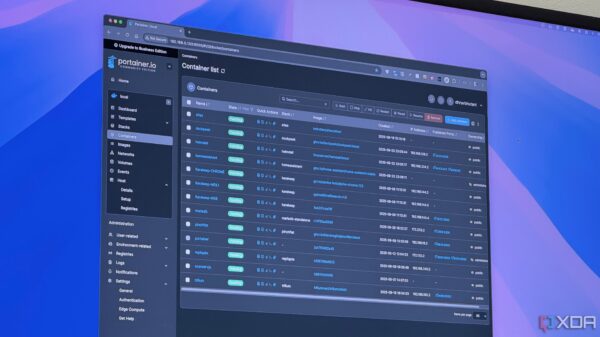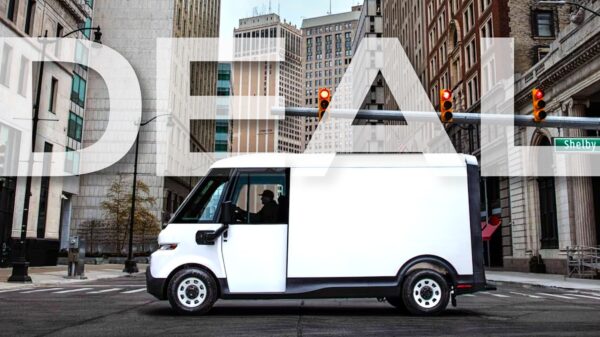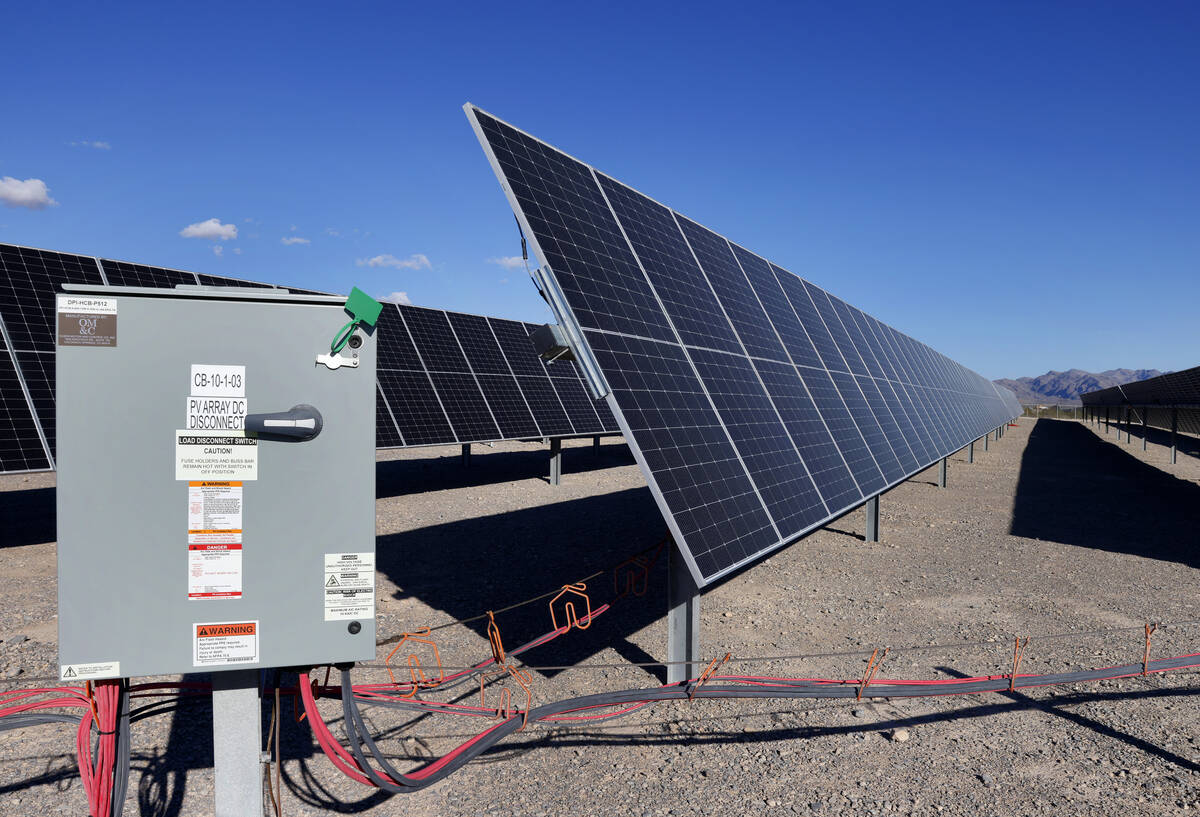The rapid growth of Artificial Intelligence (AI) is reshaping the global energy landscape, raising questions about the feasibility of achieving net-zero carbon emissions by 2050. As AI technology expands, the demand for electricity is set to soar, prompting concerns that current renewable energy initiatives may not suffice.
According to a recent report by the RAND Corporation, AI data centers worldwide currently require over 20 gigawatts of power to operate—equivalent to the total capacity of the state of Utah and its population of more than 3.5 million. Projections indicate that this demand will double to 68 gigawatts within two years, approaching the capacity of California, which serves approximately 39 million residents. By 2030, the global power requirement for AI is expected to exceed 300 gigawatts, raising concerns about the sustainability of current energy policies.
The operational demands of AI are substantial. Large-scale data centers require tens of thousands of computer chips, with systems like the Colossus supercomputer in Memphis, Tennessee housing over 100,000 chips and consuming 150 megawatts of power. This level of energy consumption is comparable to the output of 55 modern wind turbines or the energy needs of approximately 53,000 households.
The surge in AI-related energy demand highlights the limitations of renewable energy sources. As of 2023, the energy mix in the United States showed that 43 percent of electricity generated came from natural gas, 19 percent from nuclear power, and 16 percent from coal. Wind and solar combined provided 14 percent. While solar and wind energy saw a brief period of growth, challenges such as high transmission costs and inefficiencies have raised doubts about their ability to meet future energy needs.
Energy expert Steve Gorham noted that renewable sources often lack the reliability and scalability required for large data centers. He pointed out that the U.S. Department of the Interior is scaling back renewable energy projects, citing nuclear energy as significantly more efficient on a per-acre basis. This shift suggests that the anticipated transition to renewable energy may be stalling, leaving countries reliant on more traditional energy sources.
While some industry leaders, like Sumant Sinha, CEO of ReNew, forecast a global investment of $3 trillion in renewables over the next five years, skepticism remains about the feasibility and execution of these plans. Historical trends show that many climate initiatives fall short of their targets, particularly as governments reassess their commitments to renewable energy in light of rising energy demands.
As AI continues to integrate into daily life and transform economies, its electricity needs will likely drive a resurgence in coal, natural gas, and nuclear energy. The implications for achieving net-zero carbon emissions are significant. Despite legislative efforts to enforce renewable energy mandates, practical energy needs may render these goals increasingly unrealistic.
The ongoing expansion of AI technologies emphasizes the need for a reevaluation of energy strategies. As the demand for reliable energy sources grows, the ambitious dream of net-zero carbon emissions may face significant challenges, suggesting that the current energy transition is at a critical juncture.







































































